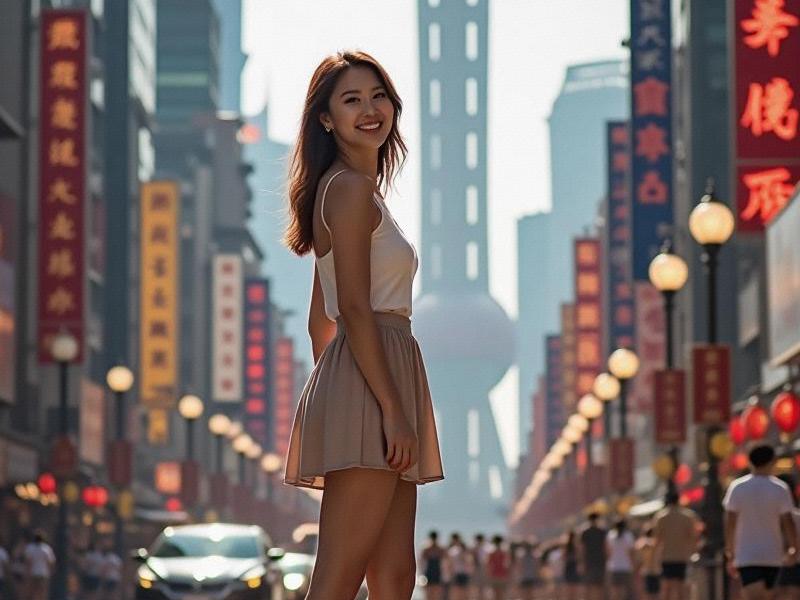This feature explores Shanghai's cultural transformation as it balances historic preservation with avant-garde creativity, examining how the city crafts a unique identity in the era of globalization.

Introduction: A City Between Worlds
Shanghai's Nanjing Road glitters with luxury boutiques bearing global names, yet turn any corner in the former French Concession and you'll find artisans practicing crafts unchanged for centuries. This duality defines contemporary Shanghai—a metropolis where 19th century shikumen stone-gate houses now host AI startups, and where traditional puppetry performances share billing with immersive digital art exhibitions.
Section 1: The Architecture of Memory
The Shanghai Municipal Government's "One Lane, One Story" preservation initiative has cataloged over 5,000 historic structures since 2020. In the Jing'an district, adaptive reuse projects have transformed:
- A 1930s textile factory into M50 Creative Park (350+ studios)
- Colonial-era banks into boutique hotels retaining original vaults
- Longtang alleyway homes into co-working spaces with courtyard gardens
上海贵族宝贝龙凤楼 "Preservation isn't museumization," explains architect Li Xiaodong. "We inject new functions while keeping spiritual continuity." This philosophy shows in projects like the Zhangyuan development, where 138 protected shikumen now house flagship stores that train local youth in traditional brickwork.
Section 2: The Creative Economy Boom
Shanghai's cultural industries grew 14.3% last year, outpacing overall GDP. Key drivers include:
- West Bund Museum Corridor: 20+ institutions along the Huangpu
- SMG Live's holographic theater productions
- The "Design Shanghai" fair attracting 60,000+ global buyers
上海私人外卖工作室联系方式 Notably, 38% of creative startups now blend Chinese elements with digital innovation. Examples include:
- Sinan Books' VR recreations of 1930s literary salons
- Xintiandi's blockchain platform for young designers
- Tencent's "Digital Dunhuang" exhibition at Power Station of Art
Section 3: Cultural Diplomacy Redefined
As host of the 2024 International Arts Festival (featuring 78 countries), Shanghai has become a crucible for cross-cultural exchange. The city's approach combines:
- "Culture+" policy linking arts with tech/commerce
爱上海 - Resident artist programs at Tank Shanghai
- Night economy initiatives like 24-hour museum access
Challenges Ahead
Gentrification pressures persist, with some artists displaced from regenerated areas. The municipal "Creative Space Matching" platform aims to address this by connecting creators with affordable studios. Meanwhile, debates continue about how to balance tourist appeal with authentic community culture—a tension embodied by the controversial renovation of Tianzifang's alleyway galleries.
Conclusion: The Shanghai Model
What emerges is neither wholesale Westernization nor nostalgic traditionalism, but a third path. As Culture Bureau Director Yu Zhengsheng notes: "Shanghai has always been a place where cultures synthesize. Today, we're writing that story with new tools." From AI-powered Peking opera to eco-conscious fashion using recycled qipao fabrics, the city's cultural renaissance offers a template for global metropolises navigating identity in the digital age.